Home>Furniture>Outdoor Furniture>How To Stop Weeds Coming Through Your Decking
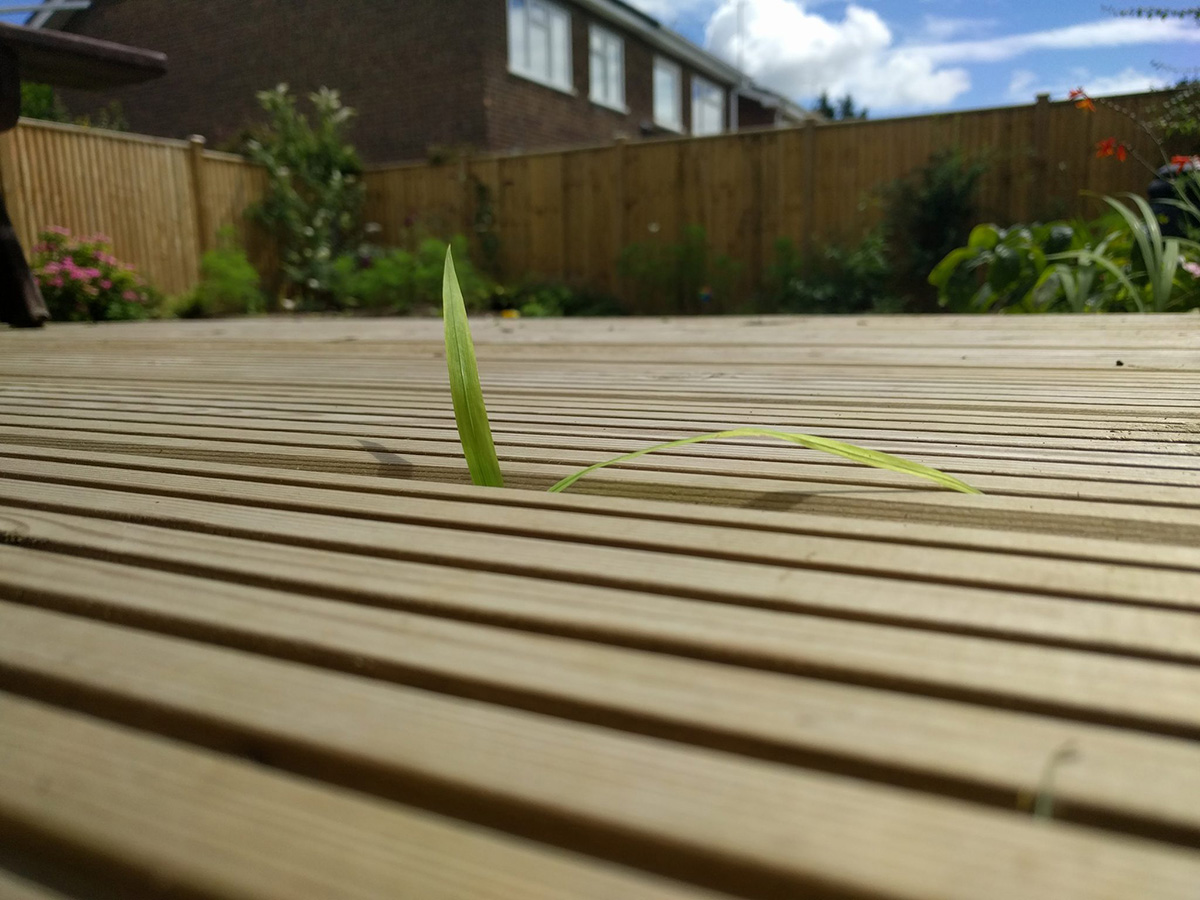

Outdoor Furniture
How To Stop Weeds Coming Through Your Decking
Modified: March 7, 2024
Prevent weeds from ruining your outdoor furniture with our expert tips. Discover how to stop weeds from coming through your decking and keep your outdoor space beautiful.
(Many of the links in this article redirect to a specific reviewed product. Your purchase of these products through affiliate links helps to generate commission for Storables.com, at no extra cost. Learn more)
Introduction
Welcome to the world of outdoor furniture! Whether you have a small balcony, a spacious patio, or a sprawling backyard, adding outdoor furniture to your space can transform it into an inviting and functional oasis. From elegant dining sets to cozy loungers, outdoor furniture allows you to make the most of your outdoor living space.
However, when it comes to maintaining your outdoor furniture, one common challenge that many homeowners face is keeping weeds from popping up through their decking. Weeds not only detract from the overall aesthetic appeal of your outdoor space but can also cause damage to your decking over time.
In this article, we will explore the various methods and techniques that you can utilize to prevent weeds from emerging through your decking. By understanding the problem and implementing the right strategies, you can ensure that your outdoor furniture area remains weed-free and in pristine condition.
So let’s dive in and discover how to combat those pesky weeds in your decking!
Key Takeaways:
- Choose composite or PVC decking for weed-resistant outdoor furniture areas. Properly prepare the ground and install a weed barrier to prevent weed growth through the decking.
- Regularly maintain your decking by cleaning, inspecting, and addressing weed growth promptly. Properly seal the decking to create a barrier against moisture and weed growth.
Understanding the Problem
Before we delve into the solutions, it’s important to understand why weeds have a tendency to sprout through decking. Weeds are resilient plants that have the ability to grow in any crack or crevice, including the gaps between deck boards. They can find their way through even the smallest openings, taking root and spreading quickly.
There are a few key factors that contribute to the growth of weeds through decking:
- Moisture: Moisture can accumulate in the gaps between deck boards, creating an ideal environment for weed growth. Rainwater, sprinkler systems, or even accidental spills can provide the moisture that weeds need to thrive.
- Light: Weeds require sunlight to grow. Even if your decking is shaded, light can still filter through the gaps, providing enough energy for weeds to sprout and grow.
- Seeds: Weed seeds can be carried by the wind, animals, or even brought in on your shoes. Once they find their way between the deck boards, they can quickly take root and begin to grow.
Now that we have a better understanding of why weeds can become a problem, let’s explore the various steps you can take to prevent their growth and keep your decking weed-free.
Choosing the Right Materials for Your Decking
When it comes to preventing weeds from coming through your decking, selecting the right materials is crucial. Choosing deck boards that are tightly spaced and made of materials that are resistant to weed growth can significantly reduce the chances of weeds sprouting up in the first place.
Here are a few options to consider:
- Composite Decking: Composite decking is a popular choice for many homeowners due to its low maintenance and resistance to pests, rot, and weeds. Unlike traditional wood decking, composite boards are made of a mixture of wood fibers and recycled plastic. This combination creates a dense, non-porous surface that prevents weed seeds from taking root. Additionally, composite decking often comes with a warranty against staining, fading, and mold growth, making it an excellent long-term investment.
- PVC Decking: Similar to composite decking, PVC decking is made of synthetic materials that are highly resistant to weed growth. PVC boards are lightweight, durable, and have a smooth, non-porous surface that prevents weeds from establishing roots. They are also resistant to moisture, making PVC decking an ideal choice for areas with high humidity or frequent rainfall.
- Treated Wood: If you prefer the natural look of wood decking, opt for treated wood that has been pressure-treated with chemicals to resist rot, decay, and pest infestation. Treated wood decking boards have a dense composition that inhibits weed growth. However, it is important to note that regular maintenance, such as sealing and staining, is necessary to prolong the lifespan of treated wood and maintain its resistance to weeds.
When selecting materials for your decking, consider factors such as durability, maintenance requirements, and resistance to weed growth. By choosing the right materials, you can create a solid foundation for weed prevention.
Preparing the Area for Installation
Proper preparation of the area where you plan to install your decking is crucial in preventing weed growth. Taking the time to prepare the ground underneath your decking can help create a barrier against weed intrusion.
Here are some steps to follow when preparing the area:
- Clear the Area: Start by removing any existing vegetation, such as grass, weeds, or plants, from the area where your decking will be installed. Use a weed trimmer or a shovel to clear the ground, ensuring that all plants and roots are completely removed.
- Level the Ground: Ensure that the ground underneath your decking is level and free from any debris or uneven surfaces. This will help maintain proper drainage and prevent water from pooling, which can create a conducive environment for weed growth.
- Install a Weed Barrier: Lay down a weed barrier fabric over the cleared and leveled ground before installing your decking. The weed barrier acts as a barrier between the soil and the decking, inhibiting weeds from pushing through. The fabric should be cut to fit the size of your decking area and should extend beyond the perimeter for maximum protection.
- Secure the Weed Barrier: To ensure that the weed barrier remains in place, use landscape fabric pins or staples to secure it to the ground. This will prevent the fabric from shifting or being displaced during the installation process.
By thoroughly preparing the area and installing a weed barrier, you can create a strong defense against weed growth. This will provide a solid foundation for your decking and help ensure that weeds do not emerge through the gaps.
To stop weeds from coming through your decking, consider using a weed barrier fabric underneath the decking to prevent weed growth. This will help to keep your decking area weed-free and low maintenance.
Installing a Weed Barrier
One effective way to prevent weeds from coming through your decking is by installing a weed barrier. A weed barrier is a layer of material that acts as a barrier between the soil and your decking, preventing weeds from pushing through and taking root.
Here’s how you can install a weed barrier:
- Measure and Cut: Measure the dimensions of your decking area and cut the weed barrier fabric accordingly. Be sure to leave some extra fabric around the edges to ensure complete coverage.
- Lay the Fabric: Roll out the weed barrier fabric over the cleared and leveled ground, ensuring that it covers the entire decking area. Smooth out any wrinkles or folds in the fabric to ensure a flat and even surface.
- Secure the Fabric: Use landscape fabric pins or staples to secure the weed barrier fabric to the ground. Place the pins or staples every few feet along the edges and throughout the fabric to ensure it remains in place.
- Overlap the Seams: If your decking area is larger than the width of the weed barrier fabric, you may need to overlap multiple pieces to ensure complete coverage. Overlap the seams by a few inches and secure them with landscape fabric pins or staples.
- Cut Around Obstacles: If there are any obstacles, such as posts or fixtures, in your decking area, cut the weed barrier fabric to fit around them. Ensure that the fabric is snugly fitted around the obstacles, minimizing any gaps where weeds could potentially grow.
Installing a weed barrier is a simple yet effective step in preventing weed growth. It creates a physical barrier that inhibits weeds from pushing through your decking, keeping your outdoor space weed-free and low maintenance.
Properly Sealing Your Decking
A critical step in preventing weeds from coming through your decking is properly sealing it. Sealing your decking not only enhances its appearance but also creates a protective barrier against moisture and weed growth.
Here’s how you can properly seal your decking:
- Clean the Decking: Begin by thoroughly cleaning your decking. Remove any dirt, debris, or stains using a deck cleaner and a stiff-bristle brush. Rinse the decking with a garden hose to remove any residue.
- Dry the Decking: Allow the decking to dry completely before applying the sealer. This ensures that the sealer adheres properly to the surface and provides maximum protection.
- Select the Right Sealer: Choose a high-quality deck sealer that is specifically designed for your decking material. Different sealers are available for wood decking, composite decking, and PVC decking. Consult the manufacturer’s recommendations to ensure compatibility.
- Apply the Sealer: Using a brush, roller, or sprayer, apply an even coat of sealer to the decking surface. Work in small sections, ensuring complete coverage. Pay extra attention to the gaps between the deck boards, as these areas are prone to moisture retention and weed growth.
- Allow for Drying and Curing: Follow the manufacturer’s instructions regarding drying and curing time for the sealer. It is important to allow sufficient time for the sealer to dry and cure properly, as this will ensure its effectiveness in preventing weed growth.
- Apply Additional Coats: Depending on the product and the condition of your decking, you may need to apply multiple coats of sealer. Follow the manufacturer’s recommendations for the number of coats required for optimal protection.
Properly sealing your decking creates a durable barrier that helps prevent moisture accumulation and inhibits weed growth. Regularly maintain and reapply the sealer as needed to ensure continued protection and a weed-free outdoor space.
Regular Maintenance and Weed Control
In addition to the preventative measures we’ve discussed so far, regular maintenance and weed control are essential for keeping your decking free from weeds. By incorporating these practices into your routine, you can ensure that any potential weed growth is addressed promptly before it becomes a major issue.
Here are some effective strategies for regular maintenance and weed control:
- Inspect and Clean: Regularly inspect your decking for any signs of weed growth. Be proactive in removing any weeds as soon as they appear. Use a weed trimmer, garden trowel, or your hands to carefully remove any weeds that have sprouted through the gaps between deck boards.
- Maintain Good Drainage: Ensure that your decking has proper drainage to prevent water from pooling. Poor drainage can create a conducive environment for weed growth. Clear any debris or clogs in the drainage system and direct water away from the decking area.
- Remove Leaf Litter: Regularly sweep or blow away any leaf litter or debris that may accumulate on your decking. Leaf buildup can trap moisture and provide a breeding ground for weeds.
- Apply Weed Control Products: Consider using weed control products to further deter weed growth. There are various herbicides and weed killers available that can target and eliminate weeds. When using these products, always follow the instructions and take necessary precautions to protect yourself and the environment.
- Consider Natural Weed Control Methods: If you prefer a more environmentally friendly approach, opt for natural weed control methods. This can include hand-pulling weeds, using homemade vinegar or salt solutions, or applying organic weed control products.
- Maintain a Regular Cleaning Schedule: Regularly sweep or wash your decking to remove any dirt, pollen, or debris that can provide a favorable environment for weed growth. This simple maintenance practice can go a long way in preventing weeds from taking root.
By regularly inspecting, cleaning, and addressing any weed growth promptly, you can effectively control weeds and maintain a beautiful, weed-free decking area.
Conclusion
Keeping weeds from coming through your decking is a common challenge that many homeowners face. However, with the right knowledge and strategies, you can effectively prevent weed growth and maintain a pristine outdoor space.
By choosing the right materials for your decking, such as composite or PVC boards, you can create a sturdy surface that is resistant to weed intrusion. Properly preparing the area for installation and installing a weed barrier further fortifies your defense against weeds.
Regular maintenance, including inspecting, cleaning, and addressing any weed growth promptly, is essential in keeping your decking weed-free. By practicing good drainage, removing leaf litter, and applying weed control products as needed, you can effectively control weeds and maintain the beauty of your outdoor furniture area.
Remember to properly seal your decking to create a protective barrier against moisture and weed growth, and to regularly maintain and reapply the sealer as recommended by the manufacturer.
In conclusion, preventing weeds from coming through your decking requires a combination of measures, including choosing the right materials, preparing the area properly, installing a weed barrier, maintaining good drainage, practicing regular cleaning, and addressing any weed growth promptly. By implementing these strategies, you can enjoy a weed-free decking area and make the most of your outdoor furniture experience.
Now go ahead and create a weed-free oasis with your outdoor furniture, and enjoy the beauty and tranquility of your outdoor space!
Frequently Asked Questions about How To Stop Weeds Coming Through Your Decking
Was this page helpful?
At Storables.com, we guarantee accurate and reliable information. Our content, validated by Expert Board Contributors, is crafted following stringent Editorial Policies. We're committed to providing you with well-researched, expert-backed insights for all your informational needs.
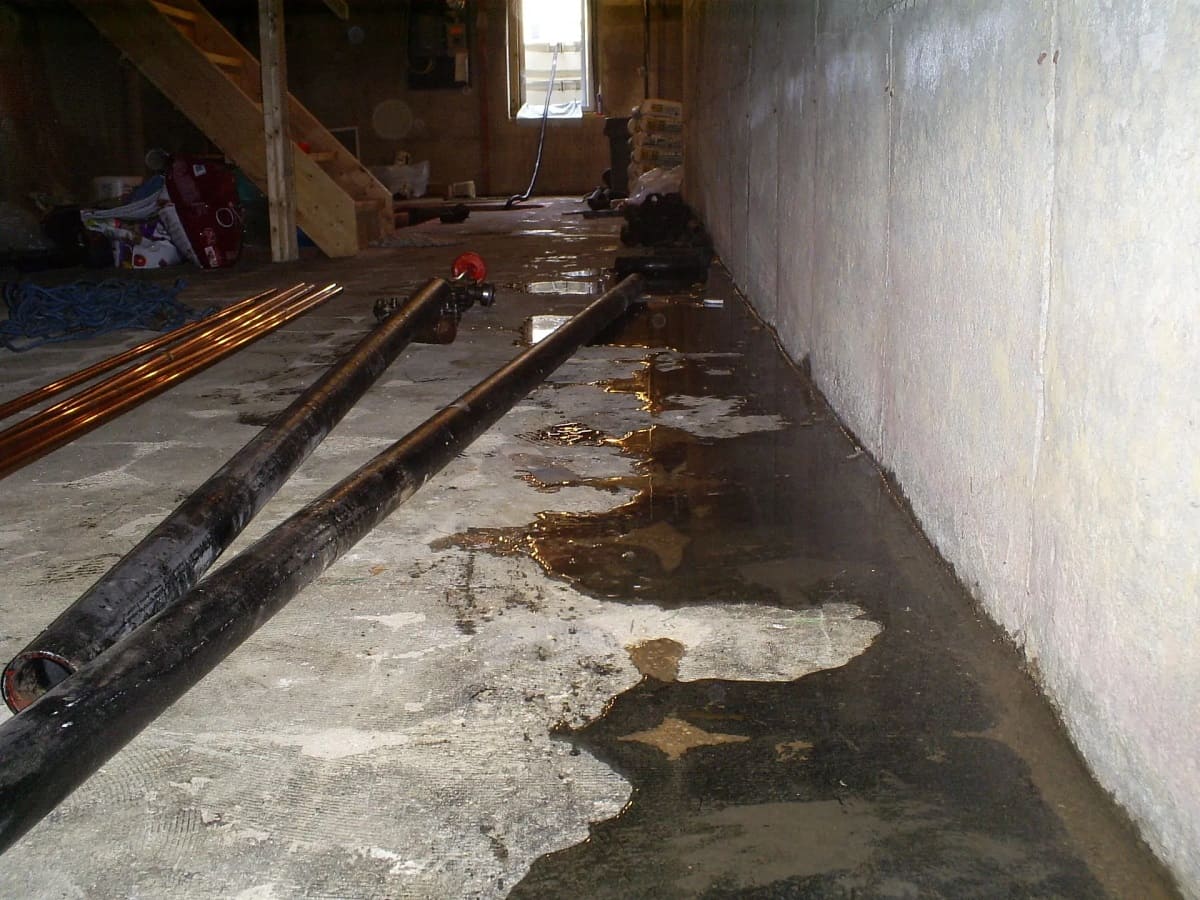
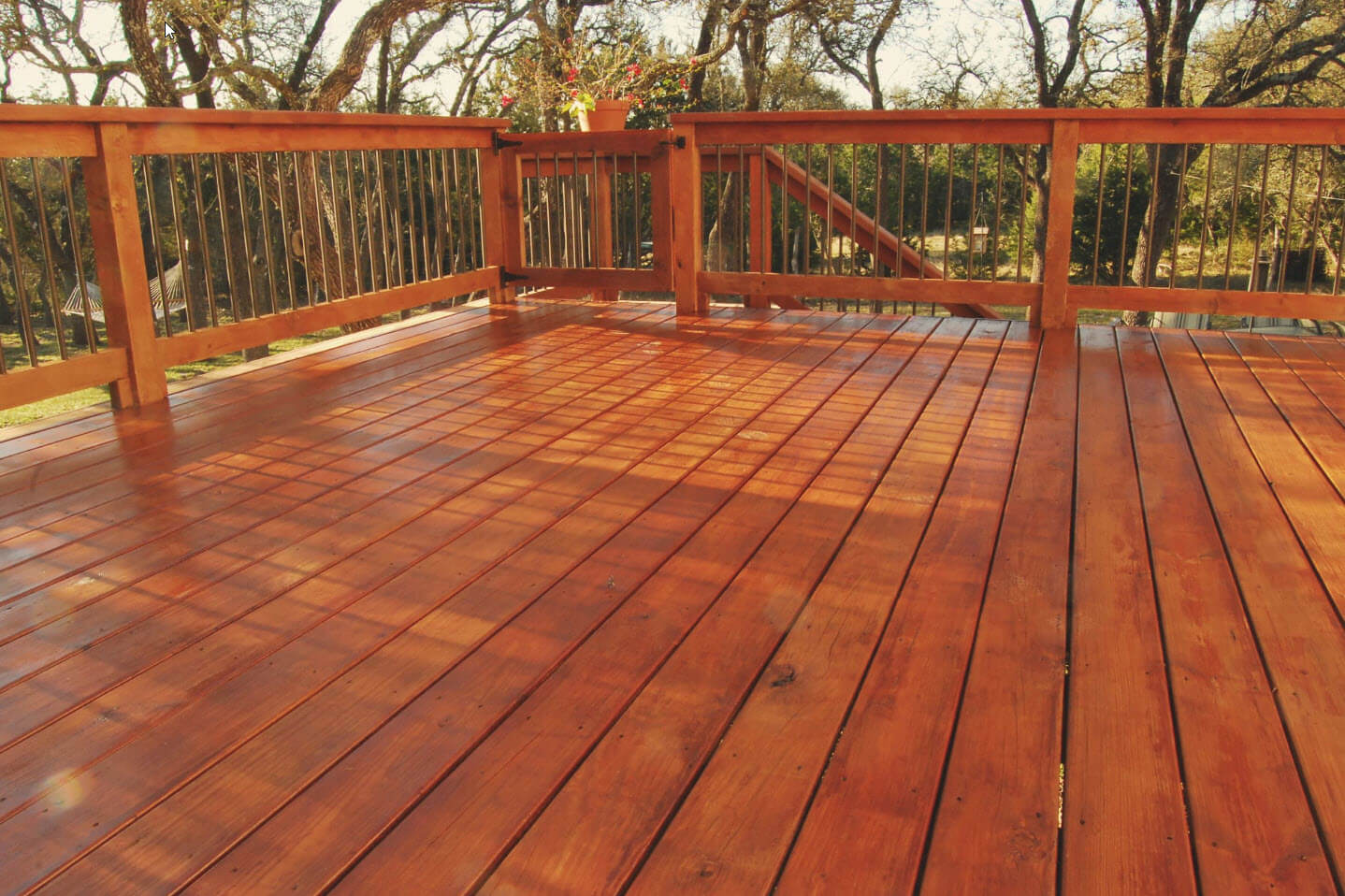
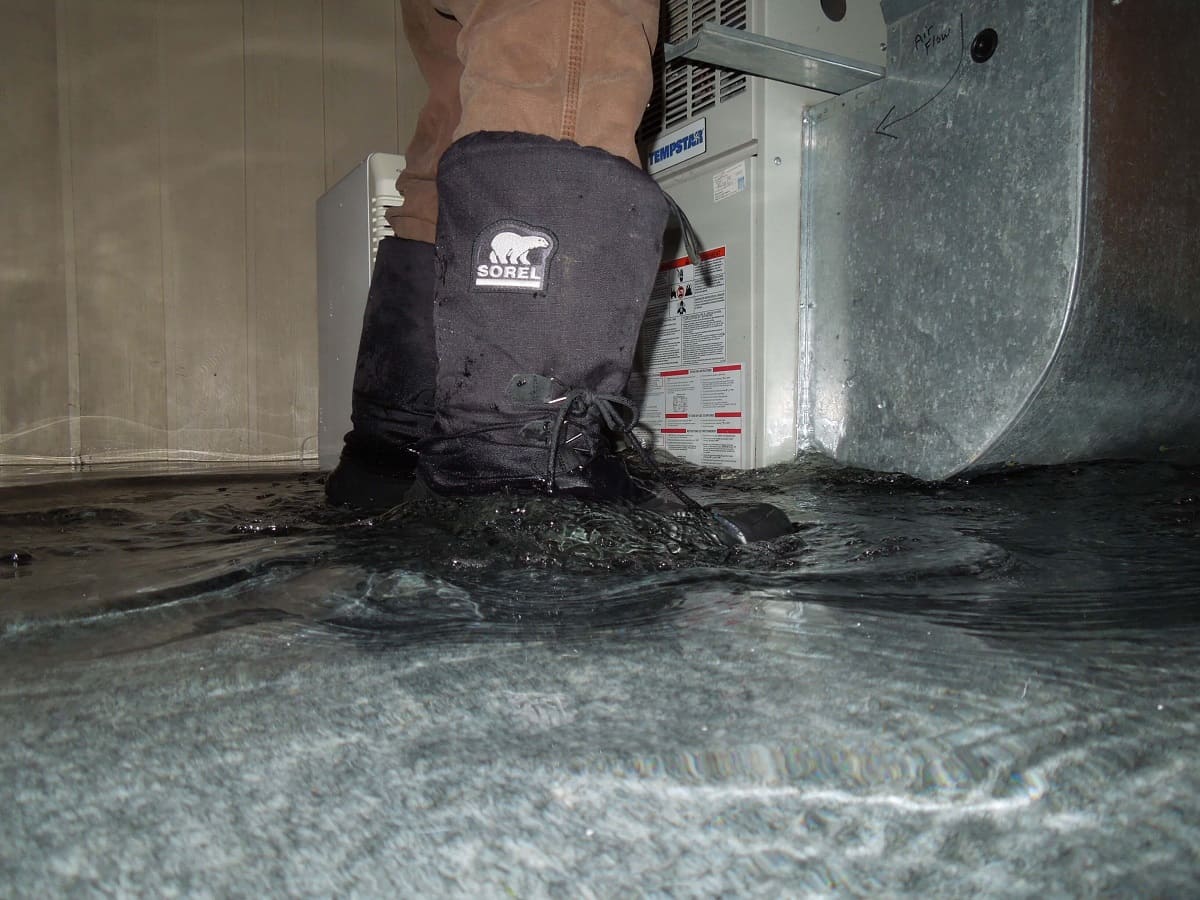
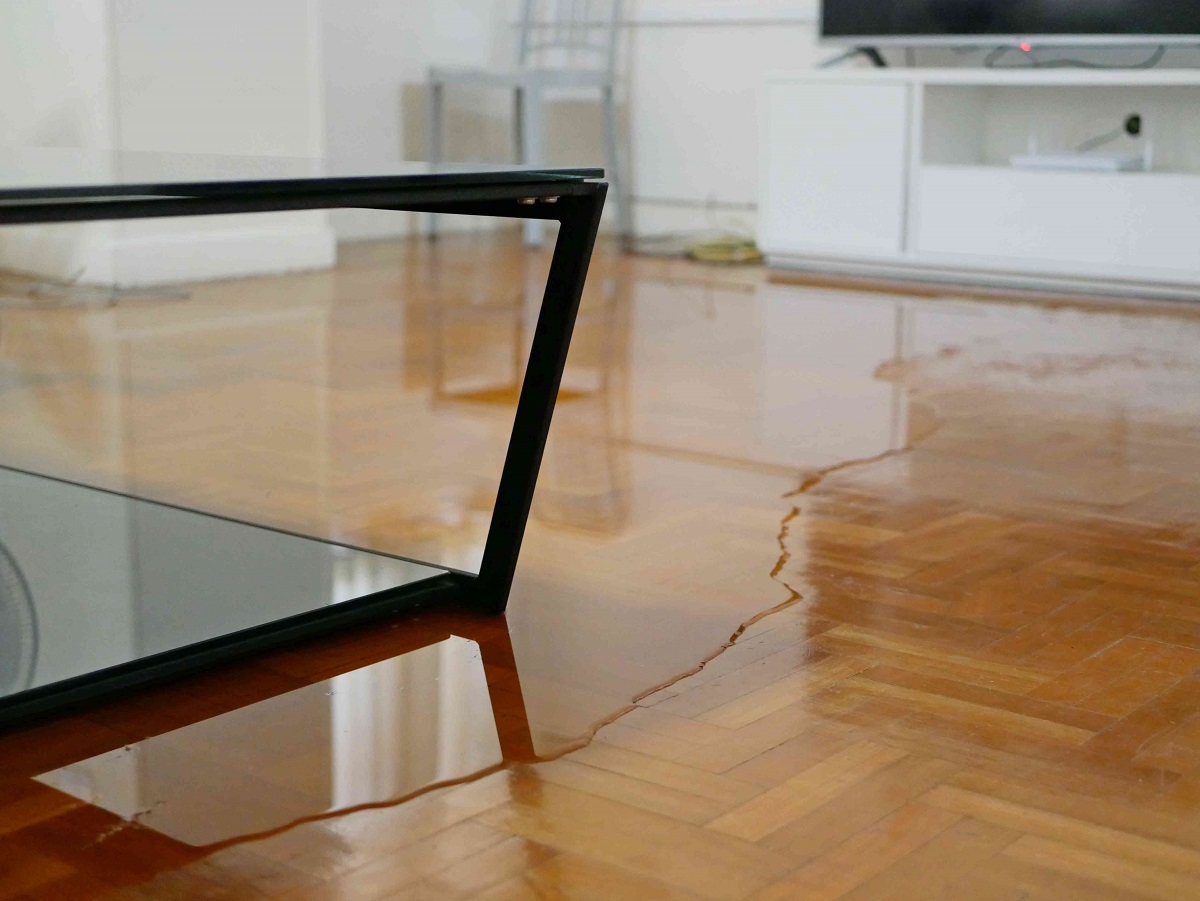
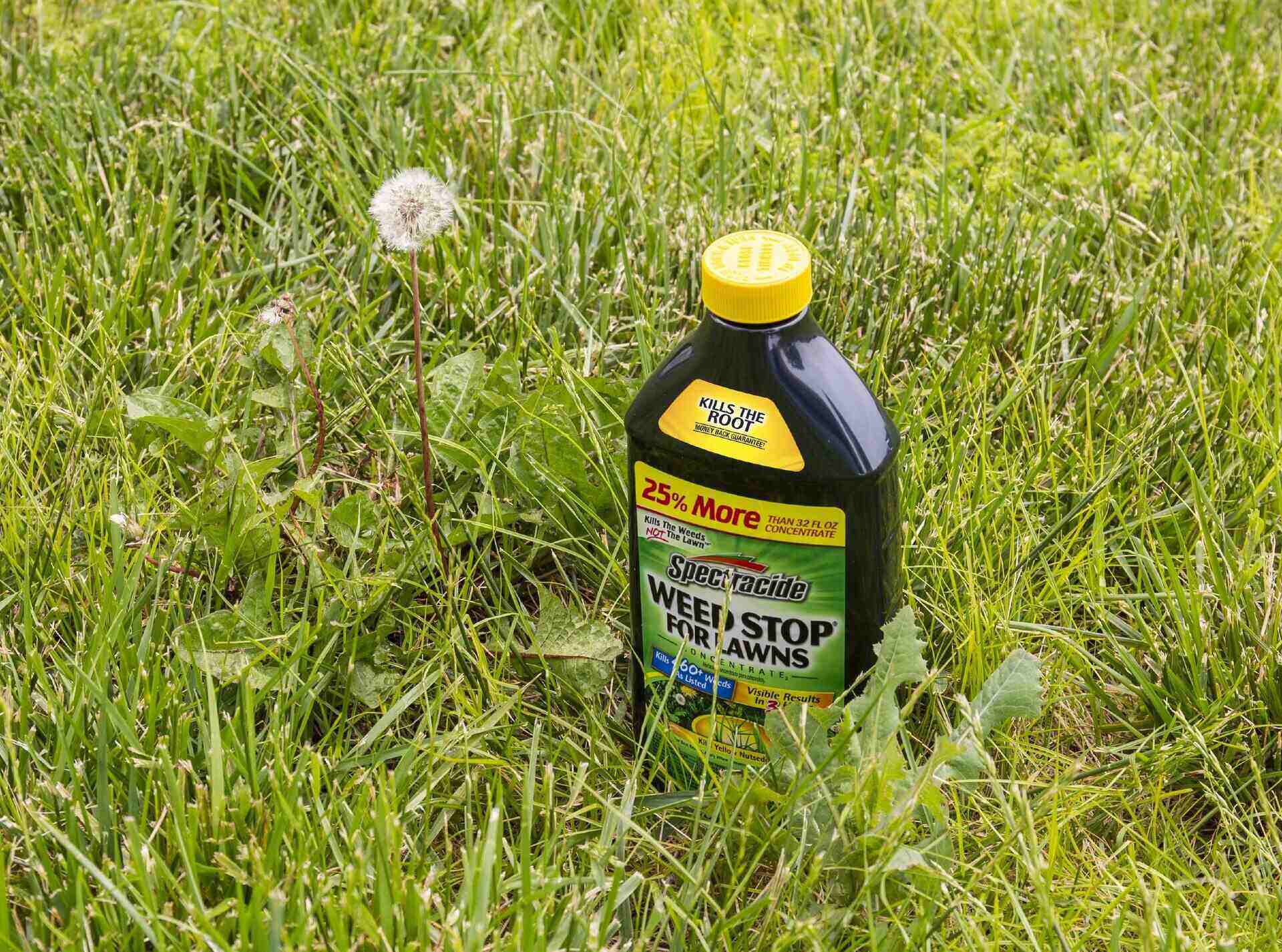
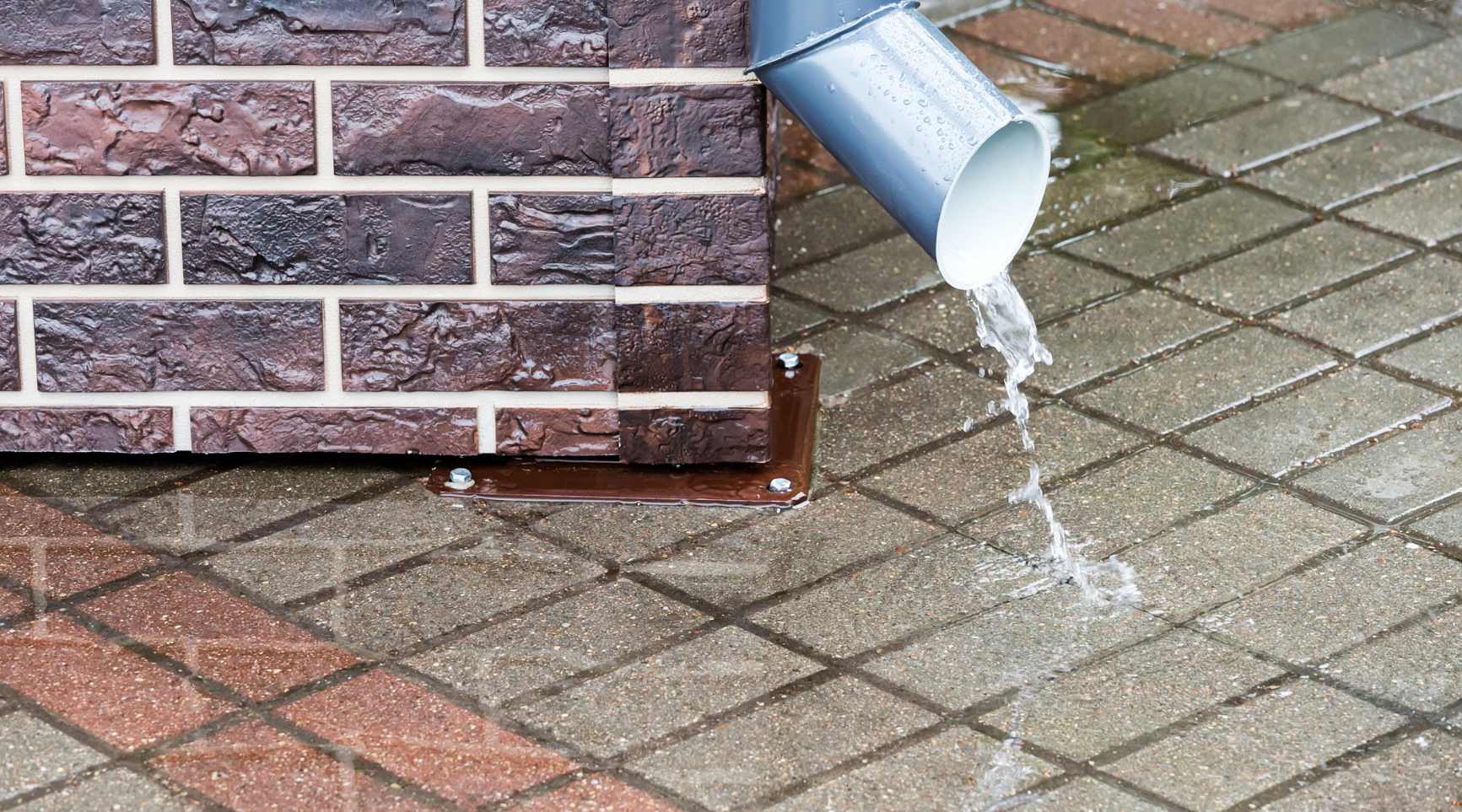

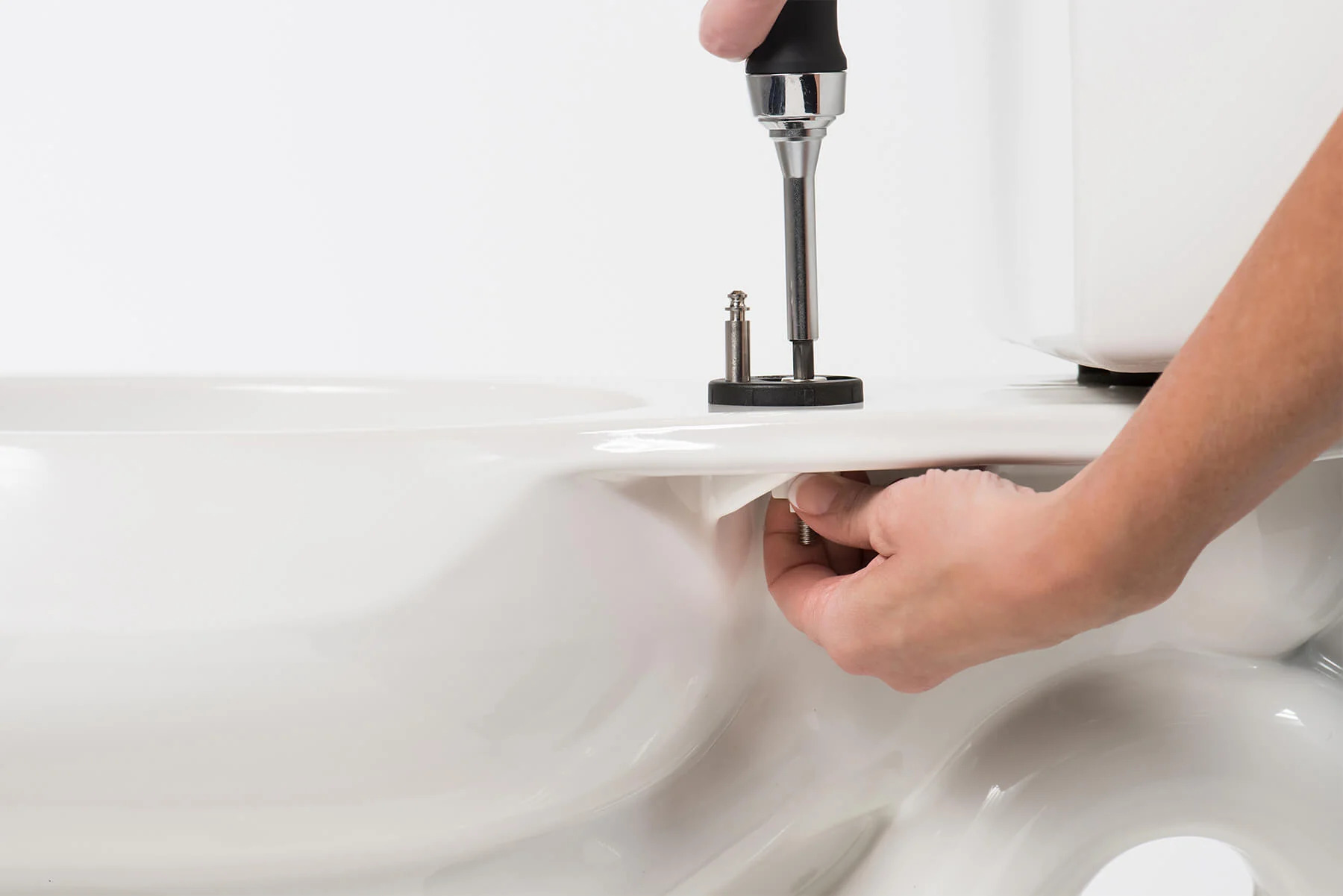
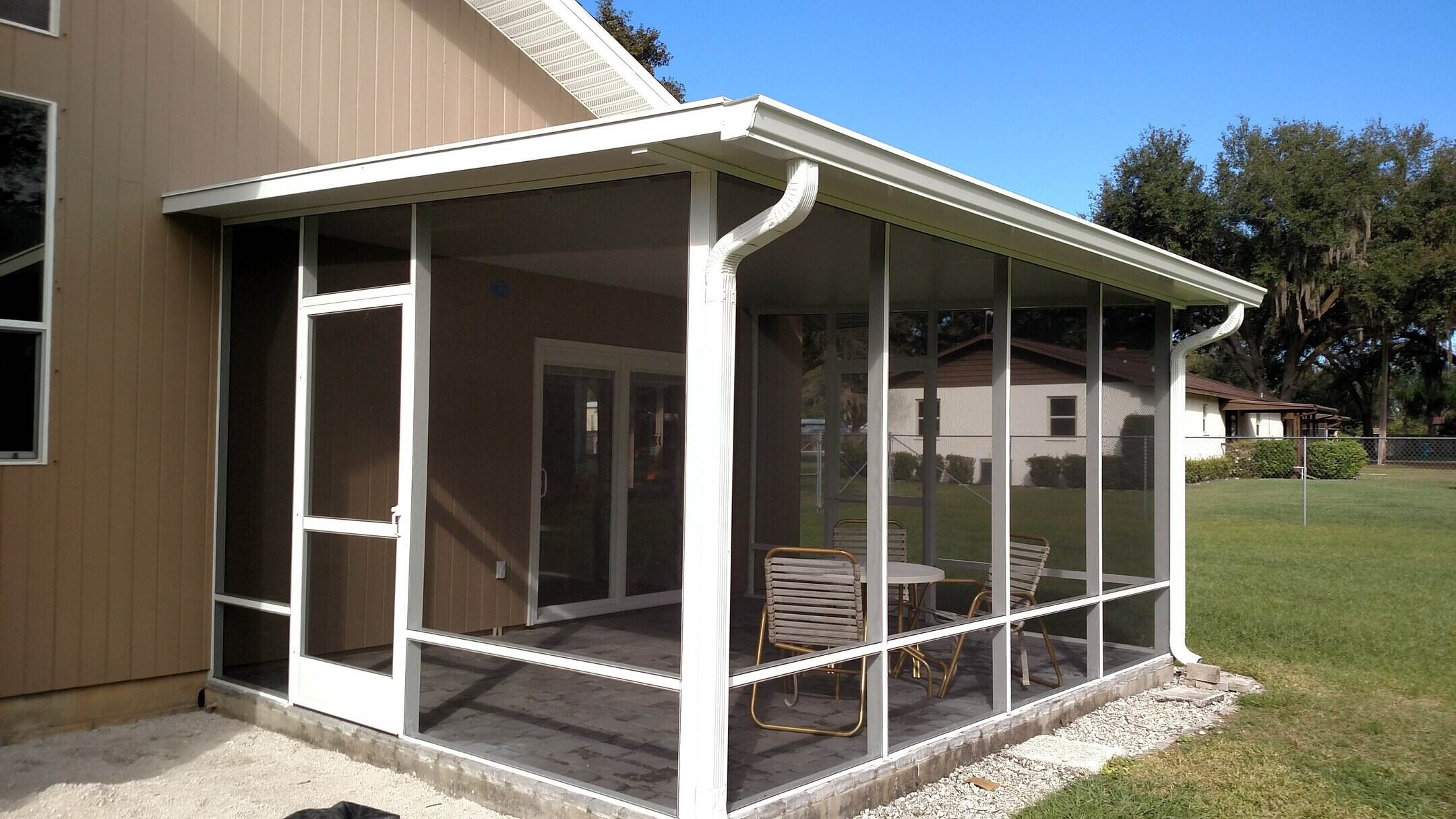
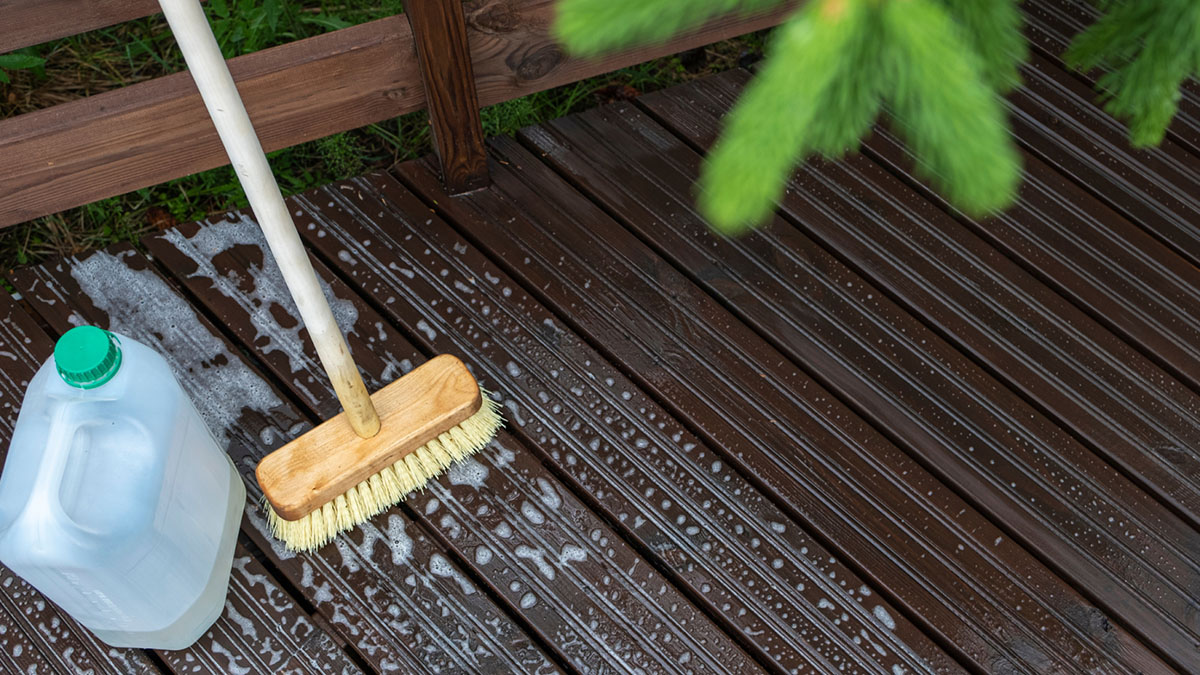
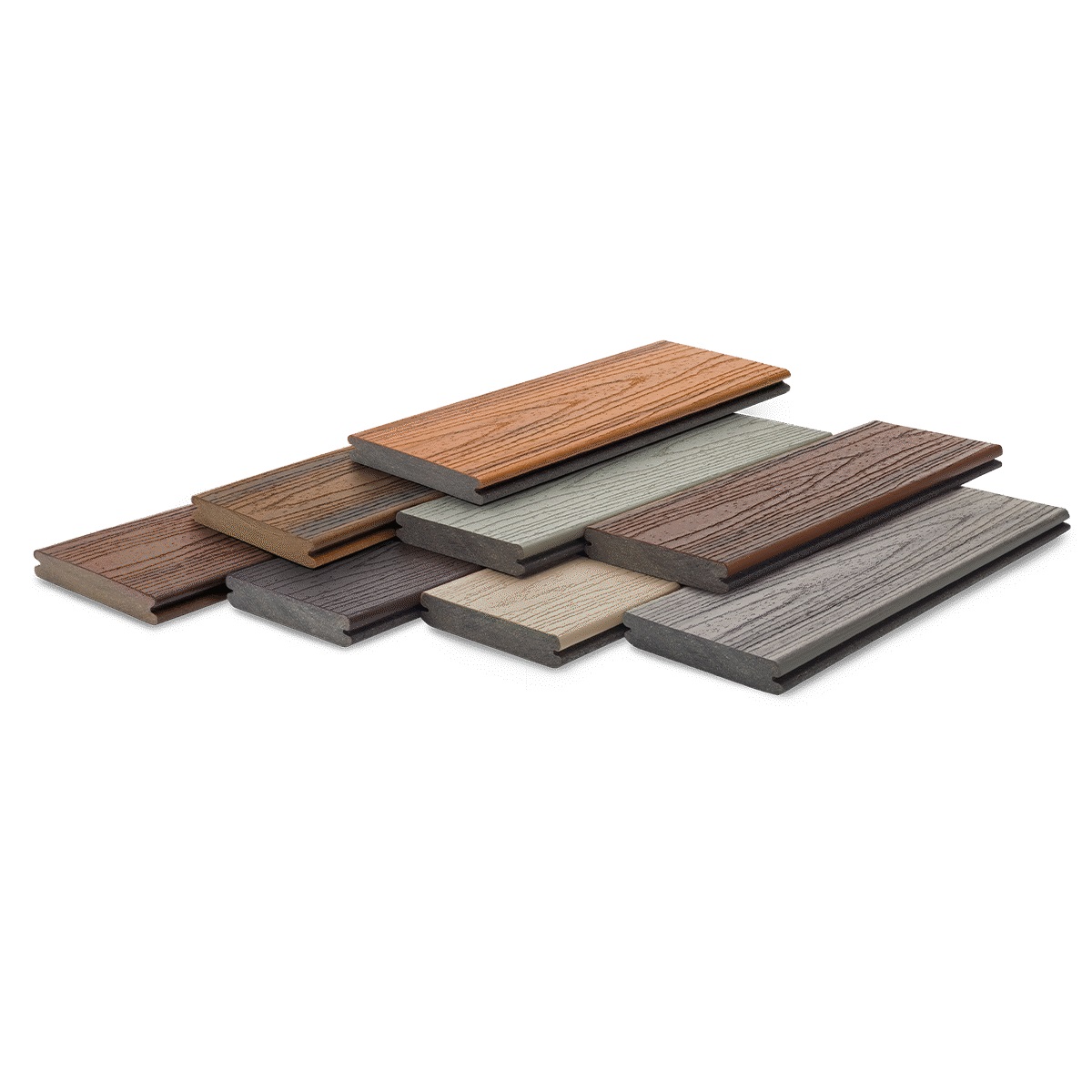
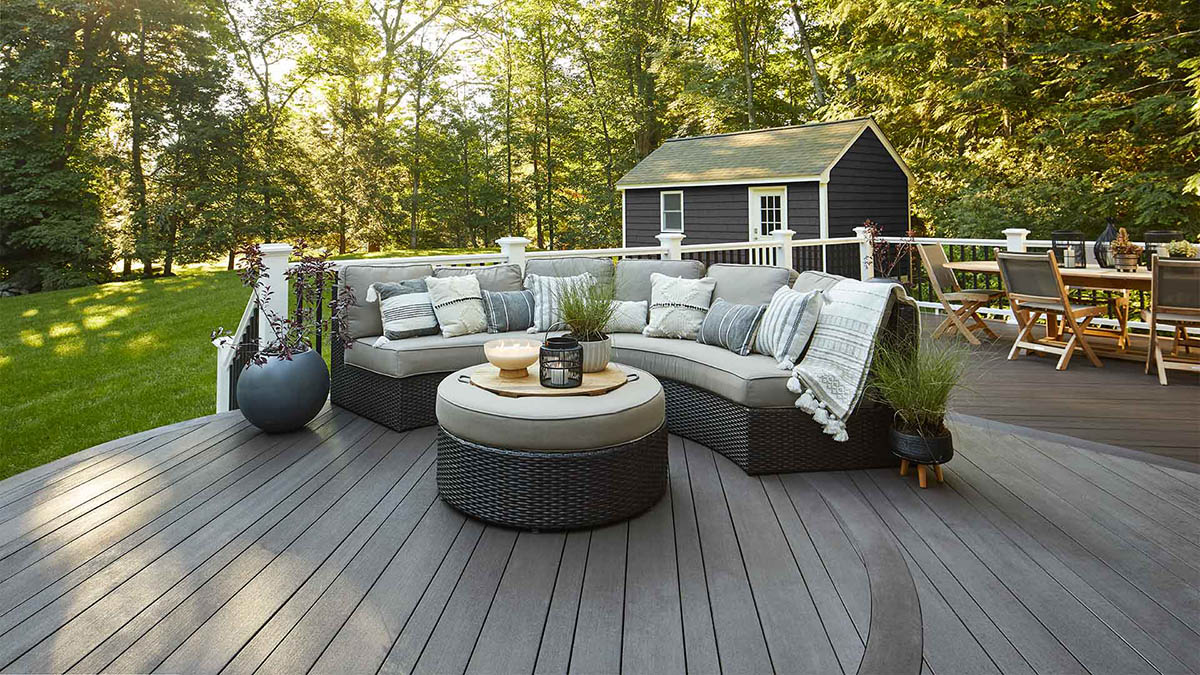
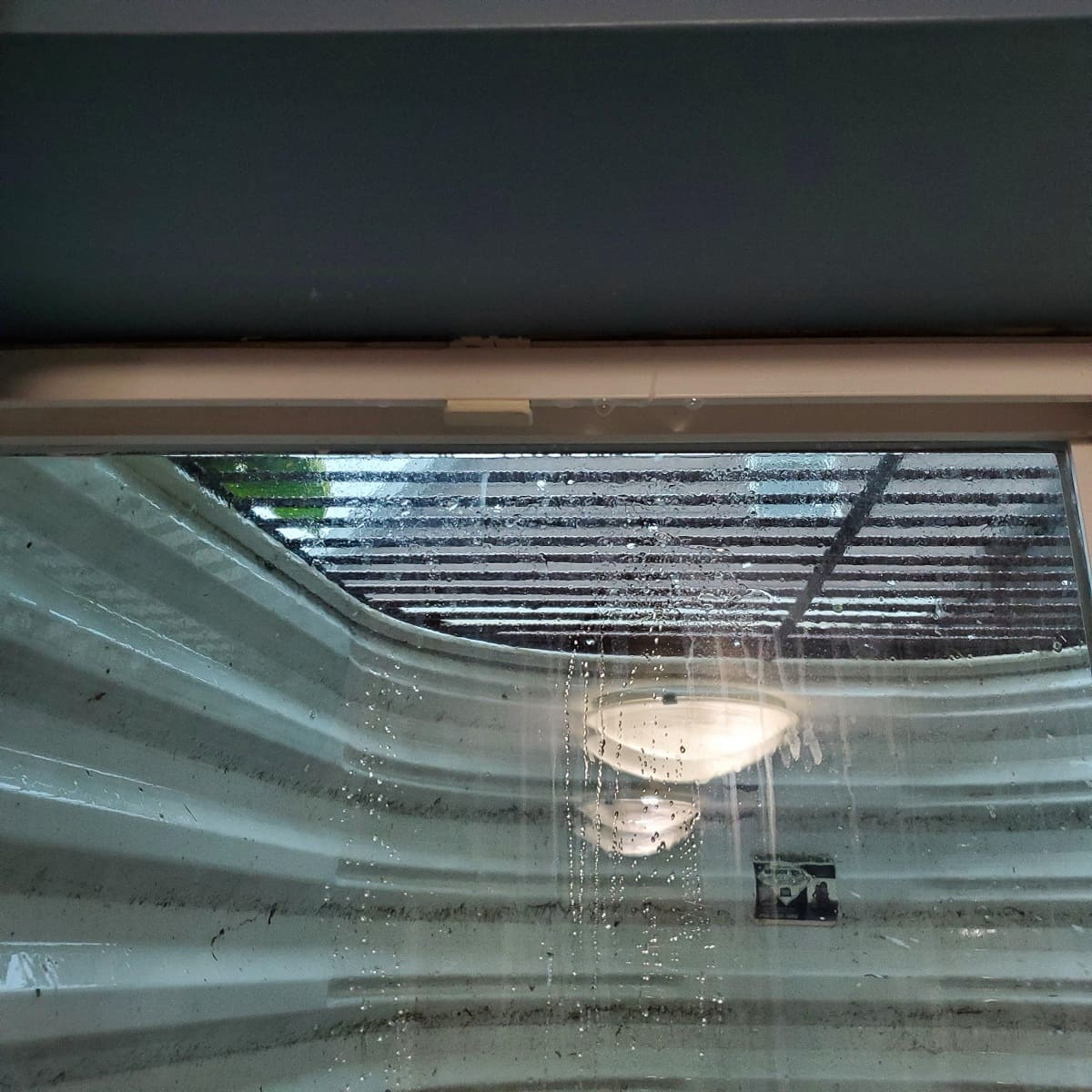
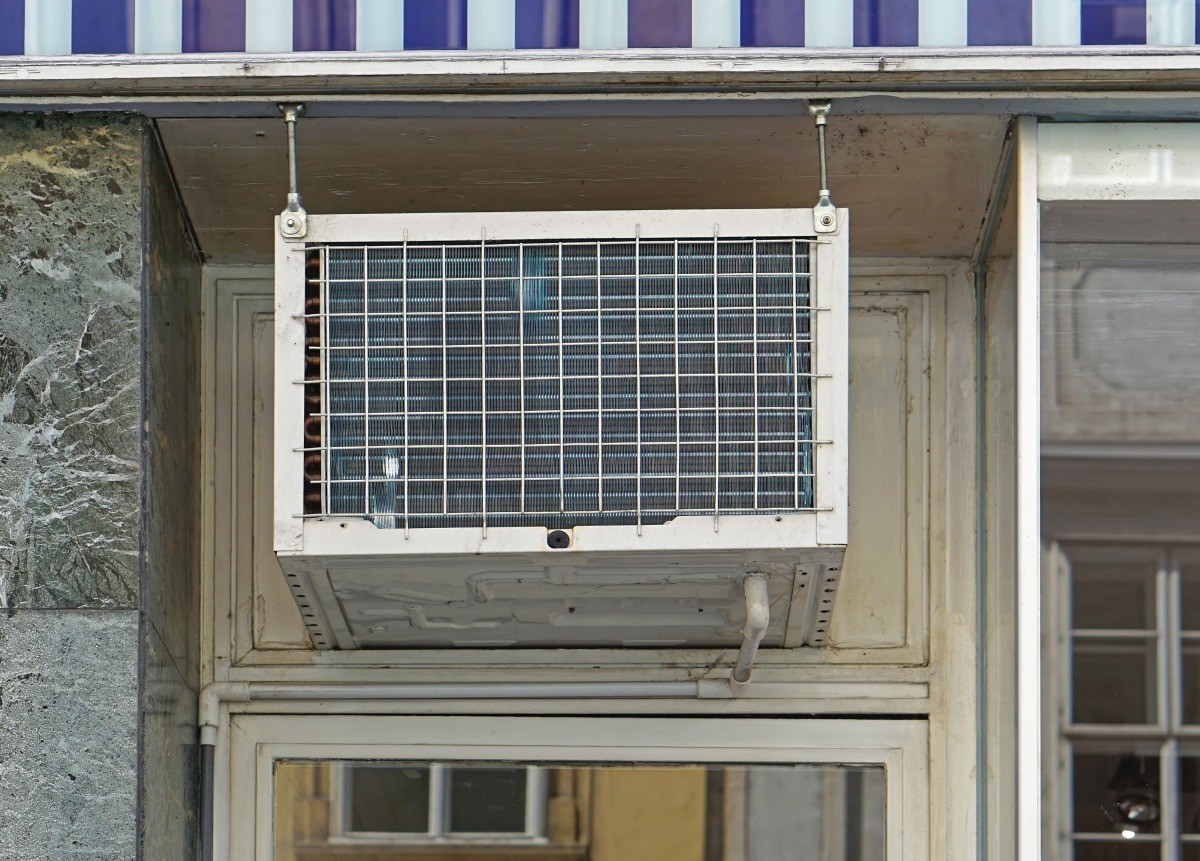

0 thoughts on “How To Stop Weeds Coming Through Your Decking”